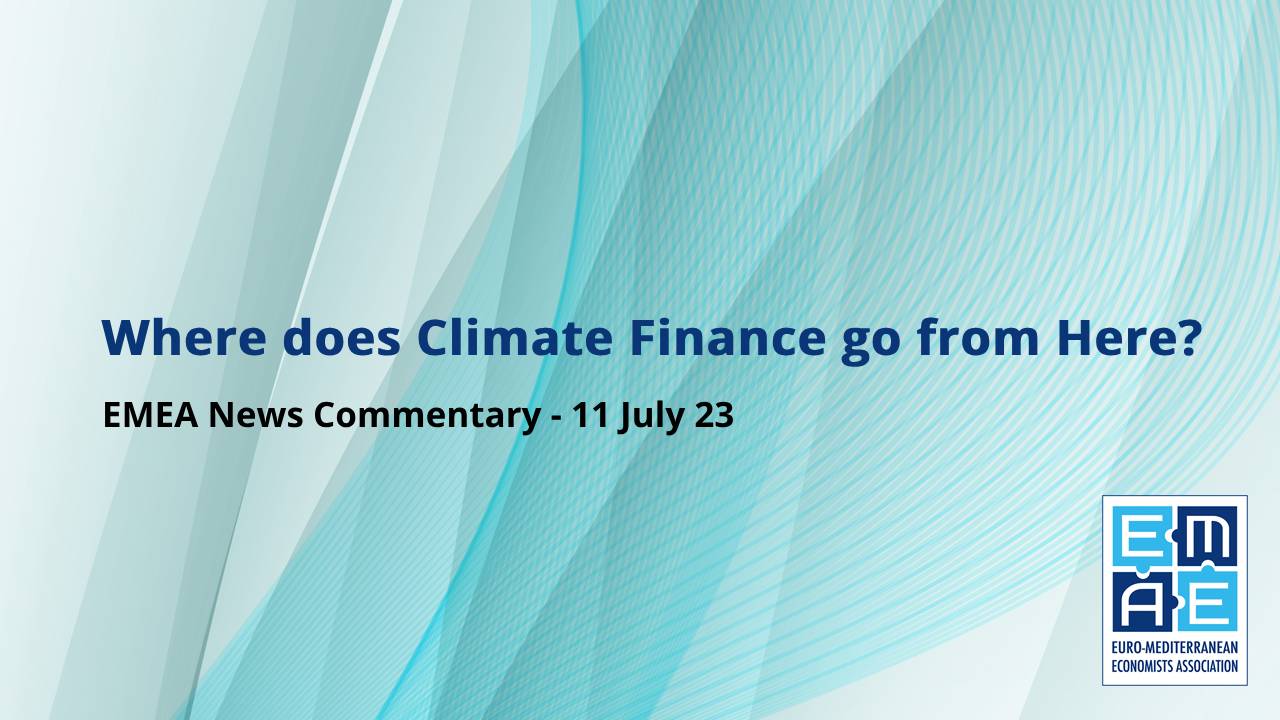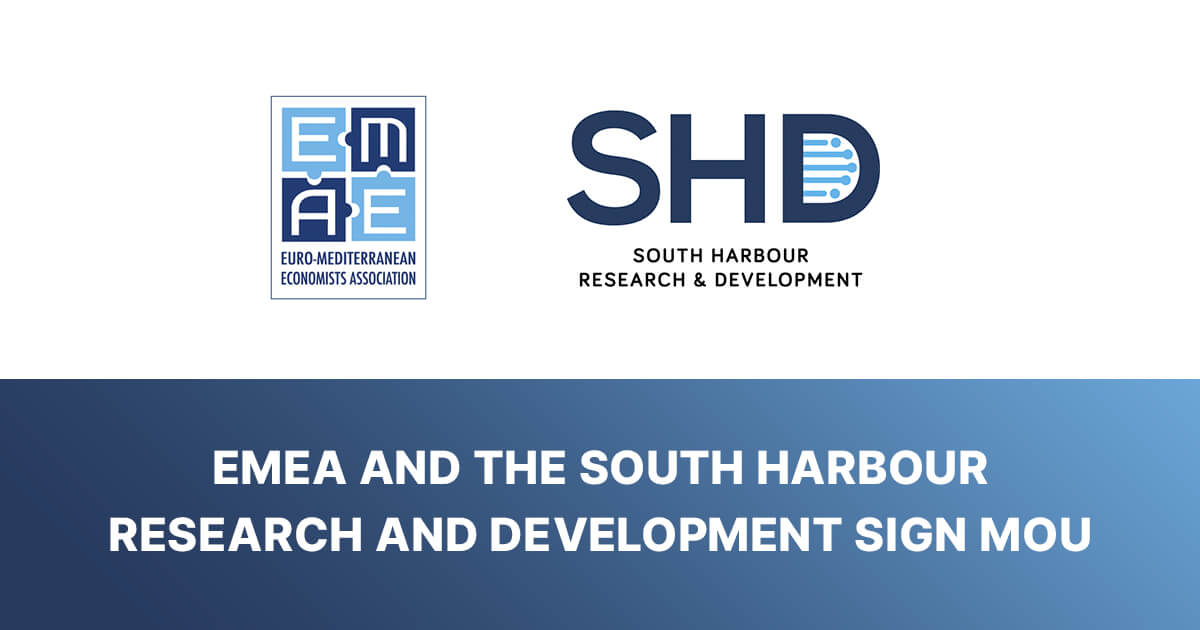Is a New Global Pact going to speed up Climate Finance for the Developing World, asks Climate Brief.
With poor nations already feeling the financial pinch from excessive debt levels and rising energy and food costs, they’ll require trillions of dollars if they are ever to invest in low carbon energy and take action to mitigate against climate disaster.
There doesn’t appear to be any indication that richer countries or private enterprise are happy to provide the necessary investment.
The Paris Global Financial Pact Summit in late June didn’t live up to expectations – resulting in incremental announcements (like Zambia) rather than far-reaching ones. Nevertheless, based on what has already been achieved by development banks and governments, did it sow the seeds for future progress?
More reliance on the private sector
Carbon Brief claims that developing countries need 12 times more clean energy investment within a decade to hit climate and energy goals.
This will require considerably more access to private climate energy finance, to cover about 60% of the total required. That’s in the region of $1tn by the early 2030s, compared to $135bn today – according to The International Energy Agency (IEA).
Currently, over 80% of private sector funding on climate initiatives goes to developed countries, as opposed to just 14% to “riskier” developing countries, where there are also higher borrowing costs.
According to the IEA, every dollar invested in clean energy in developing economies leads to 30% more emission reductions than in advanced economies.
In a bid to reduce risky lending, the IEA has also suggested that private finance could be scaled up by strengthening institutions in developing countries, creating “significantly larger quantities of concessional finance”.
Additional Development Bank finance
Reform-minded multi-lateral development banks (MDBs) said, post-Paris. that there was a need to “adopt new ways of working together.”
Examples would include an additional $50bn from the World Bank for lending to developing countries over the next decade, as part of a wider G-20 supported review of capital adequacy frameworks (CAFs), to leverage MDB funding for poor countries. CAF measures could free up an additional $200bn in MDB lending over the next 10 years.
Helping countries struggling with debt
According to the Climate Brief article, around 60% of low-income developing countries are at high risk of, or already in debt distress.
But although the World Bank has said in the aftermath of natural disasters that there would be a pause in debt repayments, this would only be offered on “climate resilient debt clauses” on new loans, rather than existing ones.
No broader commitment to advance debt restructuring has yet been forthcoming, although many campaigners say it will become unavoidable if the current crisis isn’t properly tackled.
Other new sources of finance under consideration
In addition to broader reforms, there was also an urgent need for new investment sources, potentially through new international taxation.
These could include a global windfall tax on fossil-fuel companies, levies on shipping and aviation fuel, and a financial transaction tax. To date, the only tax forthcoming from Paris is a carbon tax on shipping.
Is there a way forward on private sector finance?
Meanwhile, Ethical Corporation Magazine reports that, arising from Paris “agreement on the need to massively increase private sector finance to developing and middle-income countries to allow them to transition to clean energy was a clear outcome.”
In the magazine’s Industry section, the publication said turning this theory into practice was complicated – but totally doable – if all actors in the worlds of policy and finance accepted the new reality and stopped pretending that business-as-usual was an option.
The magazine accepted that “leaders from all countries must be fully signed up to the need to reform the global financial system” before words could be turned into meaningful monetary action.
The key was to de-risk investments in countries with lower financial ratings, shaky governance and which hadn’t previously been overly blessed with private investments.
Capital costs currently acted as a block to investment in developing countries, but blended finance and risk-sharing instruments could incentivise private sector participation in climate projects. In addition, progress could be made through greater financial ecosystem collaboration, including between bilateral development finance institutions and local development banks.
Traditional methods of balance sheet-managed finances would need to be abandoned. Instead, it would be necessary to introduce measures that would allow banks to share loan risks with a range of investors, enabling better risk distribution and making climate projects financially stronger and more sustainable.
Financial sector and institutional reform necessitated the total commitment of multilateral development banks, regulators and philanthropists. “The current system and the “truths” being told about finance, risk and returns, would not get the world to net-zero.”
A solid plan of action was needed by this December’s COP28 in Dubai, the article urged.
Q&A: Does a new ‘global pact’ accelerate climate finance for developing countries? – Carbon Brief





